Rising Demand for Safety Features
The Motorcycle Connected Helmet Market is experiencing a notable increase in demand for helmets equipped with advanced safety features. These helmets often include technologies such as impact sensors, emergency notification systems, and augmented reality displays that provide real-time information to riders. Recent statistics suggest that the market for safety-enhanced helmets is expected to grow by over 20% in the next five years. This growth is driven by heightened awareness of road safety and the increasing number of motorcycle accidents. Consumers are now more inclined to invest in helmets that offer superior protection and innovative safety features, reflecting a broader trend towards prioritizing rider safety in the Motorcycle Connected Helmet Market.
Growing Popularity of Smart Features
The growing popularity of smart features in helmets is a significant driver for the Motorcycle Connected Helmet Market. Features such as built-in GPS, music playback, and voice command capabilities are becoming increasingly sought after by consumers. This trend is indicative of a broader shift towards smart technology in everyday products. Recent market data suggests that the segment of helmets with smart features is projected to grow by approximately 25% in the coming years. As riders seek to enhance their riding experience through technology, manufacturers are responding by incorporating these features into their designs. The Motorcycle Connected Helmet Market is thus adapting to meet the evolving preferences of tech-savvy consumers.
Integration of Communication Systems
The integration of advanced communication systems in the Motorcycle Connected Helmet Market is a pivotal driver. These helmets often feature Bluetooth connectivity, enabling riders to communicate seamlessly with fellow riders and receive navigation instructions. This capability enhances the overall riding experience, making it more enjoyable and safer. As per recent data, the demand for helmets with integrated communication systems has surged, with a projected growth rate of approximately 15% annually. This trend indicates a strong consumer preference for helmets that offer connectivity features, which are increasingly seen as essential rather than optional. The Motorcycle Connected Helmet Market is thus witnessing a shift towards products that not only prioritize safety but also enhance social interaction and navigation efficiency.
Technological Advancements in Materials
Technological advancements in materials used for helmet manufacturing are significantly influencing the Motorcycle Connected Helmet Market. The introduction of lightweight yet durable materials, such as carbon fiber and advanced polymers, enhances both comfort and safety for riders. These innovations not only improve the structural integrity of helmets but also contribute to better performance in terms of impact resistance. Market analysis indicates that the use of such materials is likely to increase by 30% over the next few years, as manufacturers strive to meet consumer expectations for high-quality, reliable products. Consequently, the Motorcycle Connected Helmet Market is evolving, with a focus on integrating cutting-edge materials that enhance the overall user experience.
Increased Focus on Regulatory Compliance
An increased focus on regulatory compliance is shaping the Motorcycle Connected Helmet Market. Governments and safety organizations are implementing stricter regulations regarding helmet safety standards, which is driving manufacturers to innovate and improve their products. Compliance with these regulations not only ensures rider safety but also enhances brand reputation. Recent reports indicate that the market for compliant helmets is expected to expand by 18% as manufacturers invest in research and development to meet these standards. This trend underscores the importance of regulatory compliance in the Motorcycle Connected Helmet Market, as it influences product design and consumer purchasing decisions.


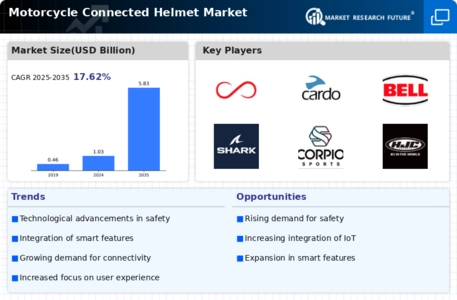
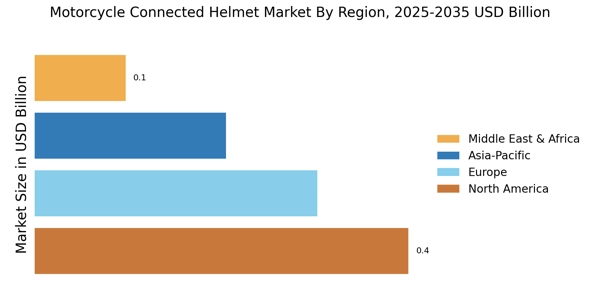
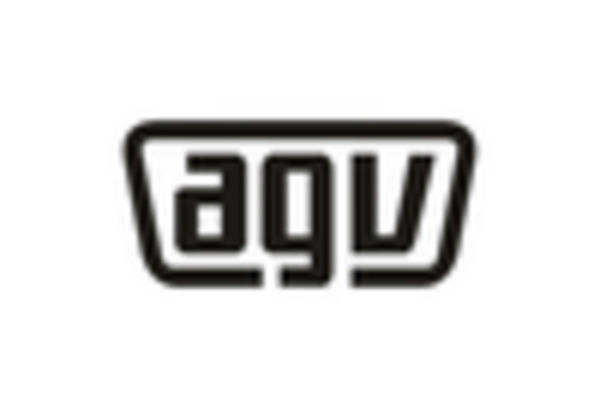

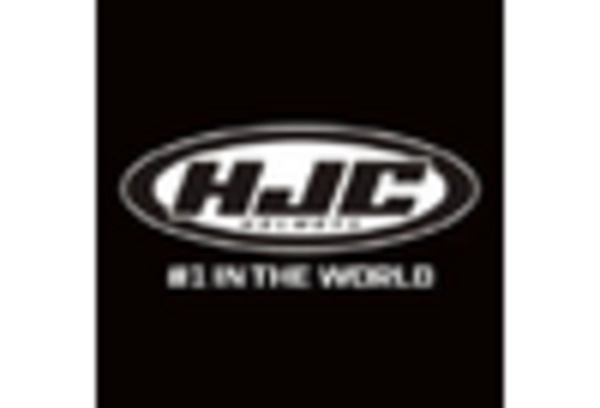


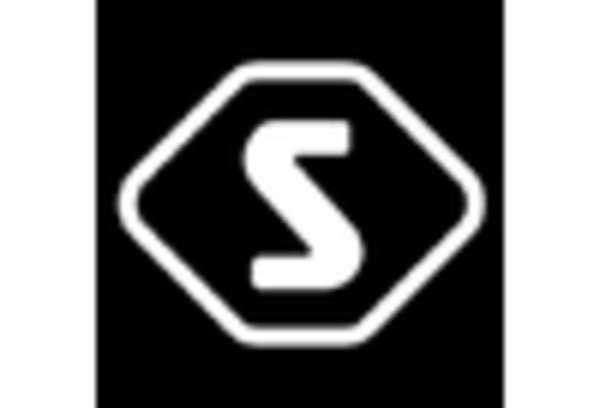








Leave a Comment